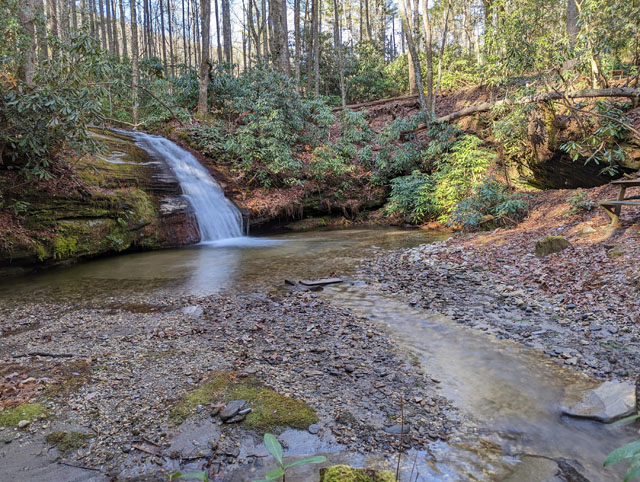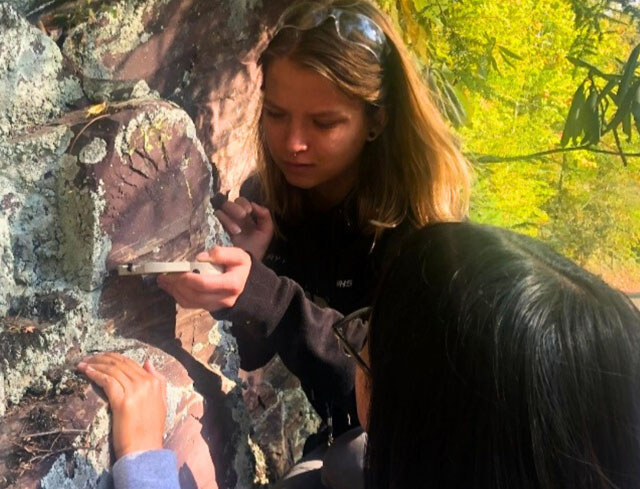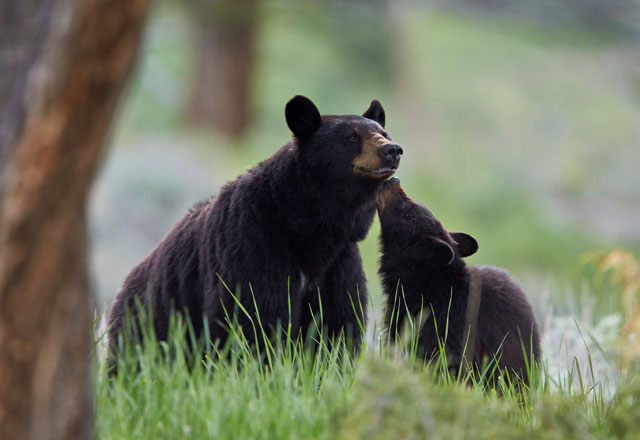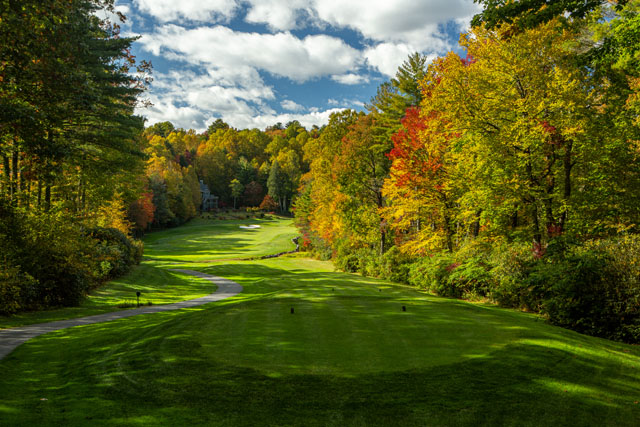Protecting Water on the Plateau
05 Aug 2024
How our environment cleans our water supply
By Julie Shott
Photos by Andrew Renfro

Water is life, and the Highlands-Cashiers plateau is blessed with abundance. You may know that we live in a temperate rainforest with the second-highest rainfall in the United States, but did you know that we sit at the headwaters of six of North Carolina’s 17 watersheds? A watershed is an area of land that drains all rainfall and streams to a common outlet.
Where does all that water go?
The plateau is hydrologically unique because it is located on the eastern continental divide, one of North America’s six continental divides, which are areas of raised terrain that separate the continent’s watersheds. Water that originates on the plateau will eventually flow to the Atlantic Ocean or the Gulf of Mexico, depending on which side of the divide it flows down. Our water matters not only to us but to millions of people downstream.
We have long enjoyed exceptional water quality here, essential for drinking water and aquatic life.
Our streams and rivers contain the largest variety of fish, fresh-water mussels and crayfish in the temperate world. More than 230 fish species have been documented, and new species continue to be discovered.
Our streams are renowned as some of the best trout waters in the nation. Our only native “trout” species, the Southern Appalachian Brook Trout, require cool, pristine waters for survival. As top predators in the stream food chain, brook trout are a crucial keystone species in our waterways. A keystone species is one on which other species in an ecosystem largely depend, such that if removed, the ecosystem would change drastically or even cease to exist.
Brook trout were almost driven to extinction when our mountains were clear-cut for timber in the early 1900s, opening up the forest canopy, warming the waters, and increasing runoff and sedimentation into their habitat. Since that time, the brook trout range in NC is believed to have declined by roughly 80%.
Land is the key to clean water.
Our forests capture and filter rainwater, ultimately becoming our cool, clean water supply. Trees act as natural sponges, collecting and filtering rainfall and slowly releasing it into streams and rivers. As rain events become more sporadic with climate change, this will become increasingly important for flood control.
Thankfully, Highlands-Cashiers Land Trust (HCLT), a nonprofit organization, has been conserving our ecologically valuable land and waterways in and around Cashiers and Highlands for over a century. By helping private landowners voluntarily conserve their family lands, HCLT continues to save and protect our wild and unique places one acre at a time.
Land Conservation Director for HCLT, Andrew Renfro says, “We have protected over 4,300 acres, much of which has named streams, creeks, and wetlands on it. Many of the creeks, seeps, and other watercourses we conserve are unnamed "blue lines" and do not receive protections from county and state jurisdictions, but yet play as important of a role in preservation of water quality not only on the plateau but downstream.” Renfro says, “Protecting any type of water, whether it's wetlands, streams, creeks, seeps, vernal pools, bogs, fens, or springs, is a top priority for the Land Trust.”
Our abundance of water, coupled with our mountains' shallow soils, means that rain that falls from the sky frequently does not stay here long but finds itself in our streams and rivers pretty quickly, even faster, when you remove all vegetation from a wild place. We must be mindful of water recharge and our limited groundwater supply as we continue escalating demands.
Plants and trees that grow along the edges of our waterways provide many vital functions, including shade to keep our waters cool, habitats for insects and other food sources that our aquatic life needs, and erosion control, which keeps sediment and other pollutants out of our waterways.
When building, ensure silt fences are cleaned out when they get full to avoid excessive run-off. When possible, avoid paving, opt for permeable grass parking and driveways, and try to eliminate the use of plastic, as microplastics are a growing threat to our water and entire ecosystem. Most importantly, let nature do what it does best and leave our wild places undisturbed.
As negative impacts have compounded over several hundred years, our waters need our help and protection now more than ever to prevent species loss and ecosystem collapse across the plateau. To learn how you can protect our water and land, visit hctlnc.org or contact the Land Trust at info@hcltnc.org or 828-526-1111.













